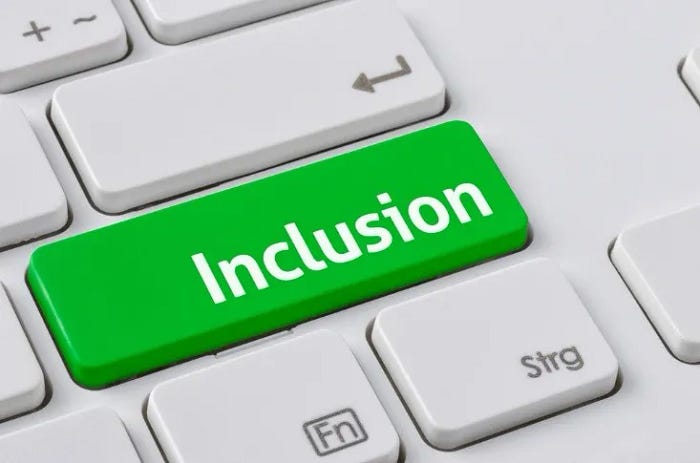Technology applied to social inclusion
The United Nations (UN) calculates in 600 million the number of carriers of special needs in the world. In 1998 the date of December 3 was chosen to celebrate the International Day of Persons with Disabilities. This date was specially honored in 2006 as the day of “e-accessibility”, which stands for electronic-accessibility, or a day to honor those who have no access to the information technology due to disability.
According to the 2000 Census of the Brazilian Institute of Geography and Statistics (IBGE), the estimate number of people with disabilities is 14.5% of the Brazil population. They are people who have difficulty seeing, speaking, hearing, getting around, or with any other need related to the physical or mental.
Technology, whether in the advancement of mobility physical as in the expression of empowerment intellectual, is evolving to integrate the people with special needs in the most different segments of the productive market.

In the field of visual sensing, developers research alternatives to adapt applications to people with deficiency. We have numerous examples:
· Apps that read pages showed in computer screens that transmits information by audio
· Devices that convert braille text messages to audio, reading through vibration
· Mobile applications that allow impaired people to recognize objects by bringing them closer to the device
· Voice recording for make pre-programmed calls
· Wristbands that guide the visually impaired through a GPS device and connection Bluetooth.
For hearing-impaired people, we have identified that LIBRAS (Brazilian Sign Language) is the most used language for signs communication in Brazil. Just like the several existing languages, it is composed of levels such as: phonology, morphology, syntax, and semantics.
In the same way as in oral-auditory languages there are words, in sign languages there are also lexical items, which are called signs. The only difference is its visuospatial modality.
In terms of technological advances for LIBRAS, we can exemplify software that translates words into Portuguese, capture speech through the microphone and display on the monitor the interpretation in the gestural and animated form in real-time, provide a chat interface with presentation in signs of writing in Portuguese, as well as in sign language and edit texts in written sign language.
Currently, there are websites that helps in the search and placement of people with special needs to operate in the labor market. Most famous IT companies uses these sites services in order to comply with Brazilian federal laws, which establishes that 2 to 5% of the staff of company employees must be reserved for people with disabilities.
Several companies in Brazil collaborate with organizations working in the area, such as Avape, IOS, Impacta and Instituto Eldorado. These companies maintain education and recruitment activities focused on PWD (People With Disabilities). They collaborate with this cause through incentive programs, believing in the development of the diversity of the work for the future.
Studies show that promoting this diversity brings benefits to companies. People with different backgrounds provide a holistic view, promote creativity and innovation.
From a professional performance point of view, the Disabled employees should be evaluated in the same way than any other employee, however the inclusion program itself must be evaluated separately.
Also, the sources of recruitment, selection, training methods, the awareness-raising and integration actions for the disabled in the professional community must be evaluated regularly.
Given that, the modern technology applied to accessibility can open doors and break down barriers for people with special needs integrating them into the society and making them part of the production chain, with the speed and dynamics that the market demands.
